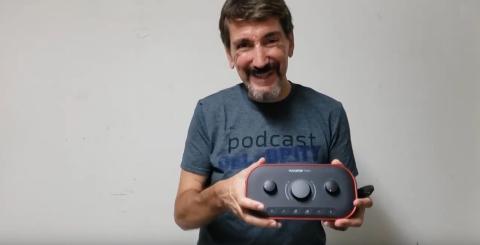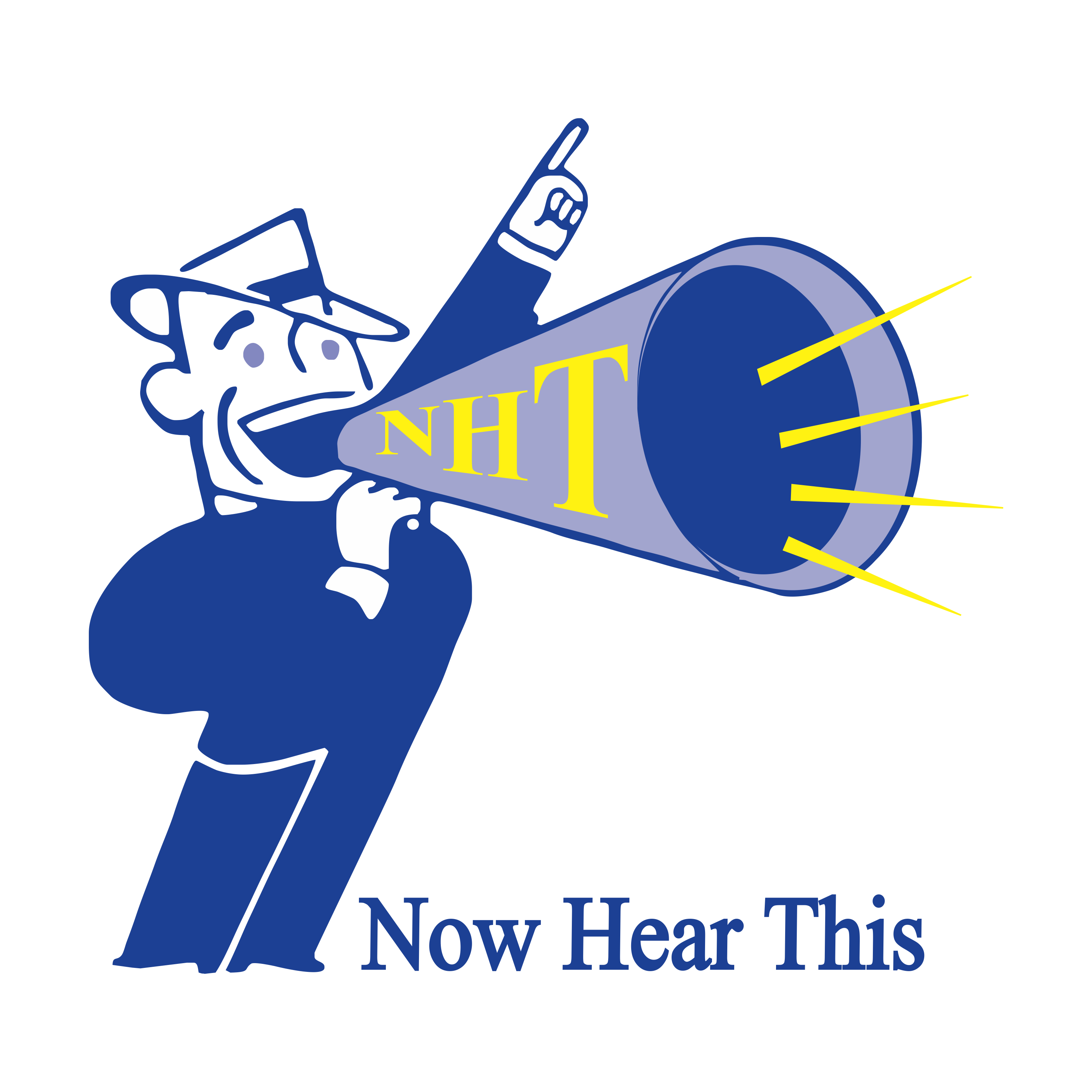
We’ve all seen before with blogs or newspaper columns or even magazine articles that we read where from time to time the writer or the editor will say that they’re “emptying out the mailbag.” And while yes, I by all means welcome your feedback anytime (on the blog, the podcast, or anything else you’d like to have a say in), today I’ve decided to empty out my toolbox.
Having returned back home approximately 36 hours ago from a conference in Dallas where I heard people sharing what they like to use for different tasks, it dawned on me that this week’s blog could be a great vehicle for doing the same for all of you.
So, this is me pulling back the curtain and giving you a look at a list (in no particular order) of tools that I utilize that could help you in what you’re doing as well.
Social media images
There are times when a photo itself just won’t cut it for my needs as it relates to posting, say, on the Instagram account for the podcast. Off the top of my head, I’m thinking of this one, for example. Even though there is a designer that I use for many projects, I’m not going to task her with creating something that I can easily do myself through Canva. It’s quite a popular platform and you’re probably aware of it already, and rightfully so. While I have tried the Pro version, I find that, for my needs, what you get for free is plenty.
| Related posts: |
| You Have to Spend Money to Make Money. Really. |
| 6 Tips for Indie Music Performers |
Royalty free images
I don’t like to just do what everyone else is doing, which translates to not wanting to risk using photos that countless others have already utilized. So, my first destination is always pexels.com, which is not to slight them, but, for whatever reason, they don’t seem to get the attention that Pixabay or even Unsplash do. More times than not I find what I want from Pexels and don’t need to look elsewhere. In fact, a lot of the photos you’ll see throughout the Blog section here on this website likely came from Pexels!
Audio recording and editing
Back when I used to do the official company podcast for TASCAM, I had been outfitted with their Track Factory. The little computer that came as part of that package already had Cakewalk loaded on it, since it was being marketed as a music recording product. Thus, I was trained on that software for both recording and editing and now probably five years later I’m still using Cakewalk. In fact, when I first got introduced to it, Sonar was who made it, but now it’s a free download from BandLab. While yes, there are software packages specifically for podcasters, I take the “if it ain’t broke don’t fix it” approach and stick with what has worked for me all these years.
Social media images Pt. 2?
While you might need to experiment to see the difference between this one and Canva, I have a routine that I’ve gotten into with an app called WordSwag for the post that I put up every Sunday showing a quote from a past episode of my weekly “Now Hear This Entertainment” podcast. If you spend enough time scrolling back through the various posts, you’ll see that I used to mix it up quite a bit – thanks to the wide variety available through WordSwag – but decided three months ago to stick with one consistent look. (Pro tip: So that I don’t have to guess each Sunday, I have a note saved in my phone – on an app called ColorNote – reminding me which WordSwag template and which Instagram filter I use for those.)
Audio interface
I was recently doing a speaking engagement and, while talking about podcasting, gulped, sighed, and acknowledged that there are USB microphones that some people opt for. But, as someone who advocates for making sure you have professional quality audio, I don’t go that way. I recently acquired the Focusrite Vocaster Two (pictured at top), which is specifically made for podcasting. I had previously been using the Focusrite Scarlett 4i4 and was just as happy and would’ve still been using it had they not come out with this new unit. In fact, I’m sure all you music creators are aware of it because the Scarlett is the best-selling range of audio interfaces in the world with more than 4.5 million sold to date. (The mic that I use that’s connected to the Focusrite, by the way, is the TASCAM TM-280.)
Video editing
I recently put up an unboxing video on YouTube that, if you look closely enough, you’ll see some post-production that I did after just the initial filming. I have used Pinnacle Studio for many years now, usually succumbing to purchasing the updates to ensure I have the latest version (currently I’m using Pinnacle Studio 25). Occasionally I’ll fire up Sony Vegas Movie Studio Platinum 13.0, which I feel like I go to for real fast, really easy, basic, down and dirty, very little bells and whistles, jobs.
Social media images Pt. 3?
PhotoGrid is an app that I don’t use a lot, but when I need its capabilities, I immediately call it to mind. For example, you’ll see with this post that I was able to combine a couple images and add a little text. Could I have done this with Canva? Maybe. But PhotoGrid just seems to be my go-to in terms of what its specialty is as also seen in this example that I created with that app too. (Note: You can pay to get the version that will remove their watermark, but I don’t use it enough to justify doing so.)
Sending out music
While you can actually find a number of outlets that accept music submissions by spending lots (and lots and lots) of time on Twitter, there’s a much more concise, organized, categorized approach, which is the Indie Bible. Of course, they don’t just list radio stations in there (use it also for a directory of venues, blogs, podcasts, music supervisors, record labels, and much more), but I have found it valuable when sending out a client’s new single for airplay. In fact, the PDF is 1,600 pages long, which tells you how jam-packed it is with resources for your indie music career.
Headphones
Since I mentioned above about an audio interface and my preference to not use a USB mic, it’s worth mentioning the headphones that I wear too because of the long recording and editing sessions I sit through, which I’m sure you’re doing as well if you’re a podcaster, musician, or heck, even someone who does a lot of live streaming and/or gaming. In particular, I have to stress how much more comfortable it has been for me since getting replacement ear pads from Dekoni Audio, who I met at the NAMM Show in June in Anaheim. They have different colors and designs too because they have solutions for a wide range of brands and specific model headphones. For example, I showed them my TASCAM TH-07 headphones and how they were peeling and voila! Instead of having to buy new headphones, I can still wear them but with completely new ear pads which are SO comfortable. In fact, I’ve been wearing them for watching movies on airplanes lately because they really block out all the noise around me.
What didn’t I mention here that you’d like to ask me about? What did I leave off my list that you’re really curious to know in terms of what I use? What questions do you have about your creator career that would be beneficial for us to talk about? Let’s jump on a video chat together and I’d be happy to pull from all my experience to help you out. I’d welcome the opportunity to share some insights with you.
